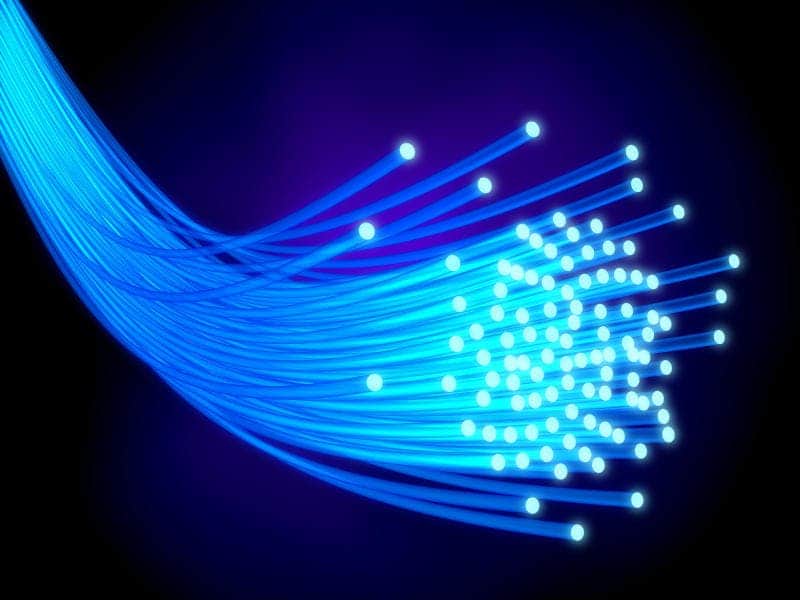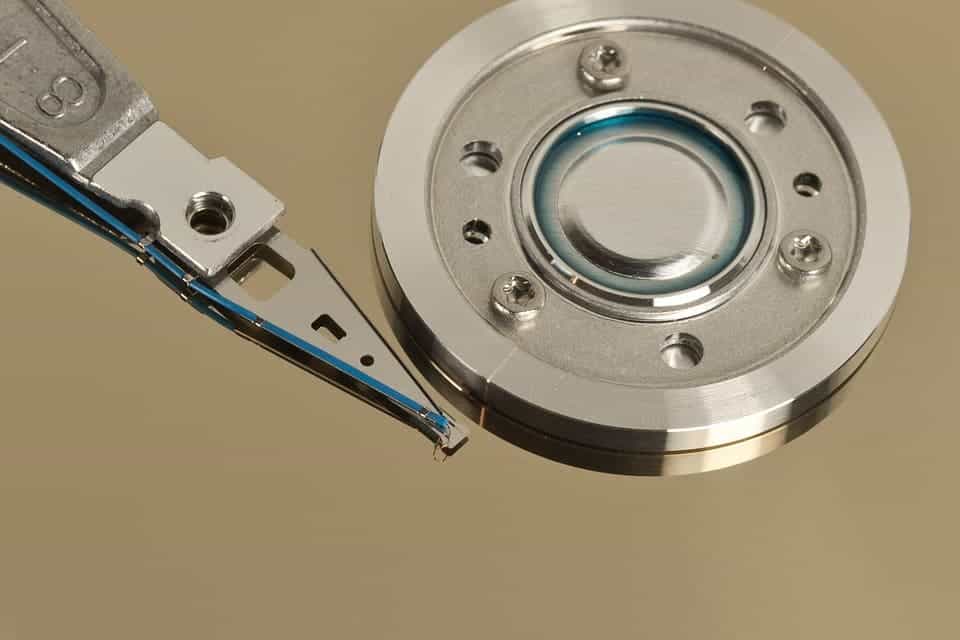Data is key to our modern society, and data transfer has become pivotal for many industries, as well as for our day to day lives. Thankfully, the maximum speed is constantly increasing and while we may not see this in current infrastructure, there are reasons to be optimistic.

University of Illinois researchers report that they’ve set a record for fiber data transmission, delivering 57Gbps of error-free data. This isn’t the fastest speed ever achieved, that record being a whopping 1.125 Tbps, or 1125 Gbps. However, that speed was achieved with an optical communications system that combined multiple transmitter channels and a single receiver. This time, the data transmission was achieved through fiber optic and more importantly, they did that at room temperature.
The research team was led byelectrical and computer engineering professor Milton Feng, who declared:
“Our big question has always been, how do you make information transmit faster?” Feng said. “There is a lot of data out there, but if your data transmission is not fast enough, you cannot use data that’s been collected; you cannot use upcoming technologies that use large data streams, like virtual reality. The direction toward fiber-optic communication is going to increase because there’s a higher speed data rate, especially over distance.”
Feng’s group has been trying to push forth the upper limits of this speed, but maintaining room temperature has remained difficult. Ironically, high speeds tend to heat up materials, and heated materials tend to reduce speeds.
“That’s why data centers are refrigerated and have cooling systems,” Feng said. “For data centers and for commercial use, you’d like a device not to carry a refrigerator. The device needs to be operational from room temperature all the way up to 85 degrees without spending energy and resources on cooling.”
This is what makes their achievement even more impressive – the fact that they managed to keep everything cool enough. This means they could not only use this technology in data centers, but also in other industries in need of high-speed information transfer.
“This type of technology is going to be used not only for data centers, but also for airborne, lightweight communications, like in airplanes, because the fiber-optic wires are much lighter than copper wire,” Feng said. “We believe this could be very useful for industry. That’s what makes the work so important to us.”






